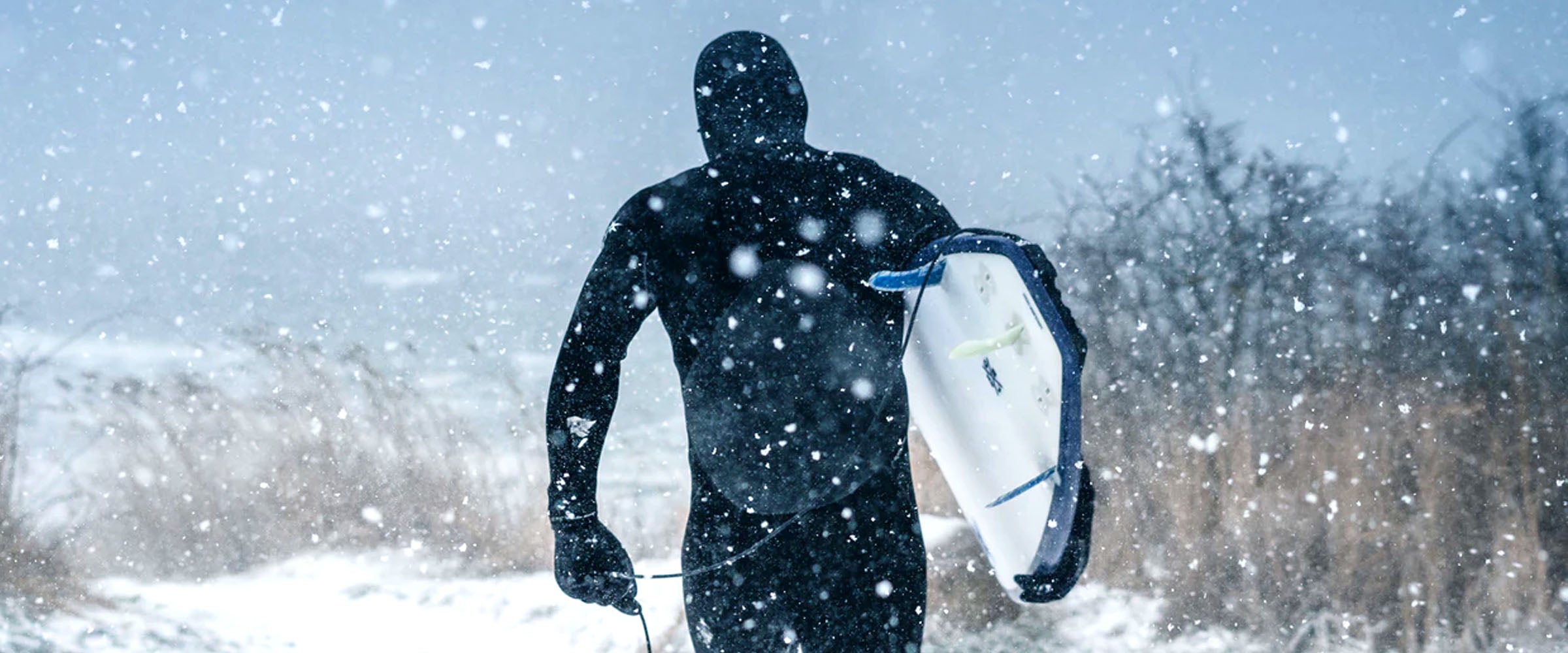Our homebase of L.A. is finally starting to cool down (albeit not by much), which means transplants from colder parts of the country can now flaunt their impressive ability to endure brisk climates by wearing T-shirts and mocking Angelenos who don scarves and gloves in 60-degree weather. *he writes with gloved hands*
One anonymous redditor, who moved from Indiana to California, explains this clash of cultures and climates thusly [sic]:
“I moved to Southern California from Indiana a couple of years ago. I’ve never worn anything but short sleeves and shorts at any point in the year, except when socially required — never because of the weather. Meanwhile, people who are born and raised here will put on scarves, parkas and mittens any time the temperature drops below 60. It’s all about what you’re used to.”
I can’t help but wonder, though: Have people like this redditor actually acclimated to the cold, or are they fronting for the pride of the chilly states they came from?
If you guessed the former, you’d be right.
“The human body can adapt to its environment given time, support and the absence of harmful extremes,” primary care physician Marc Leavey explains. “Think about the days before air conditioning (with heavier clothing than today) during hot summers. Those people did well. Or think about the homes that only had a stove in the kitchen (with no central heating) for heat during the winter. They got through the winter well.”
This 2016 study backs up Leavey’s claim: “Some degree of insulative adaptation occurs due to repeated whole body cold exposure. … The feeling of discomfort and pain subsides both in whole body cold exposure and local cold exposure, leading to altered behavior.” Similarly, a 2014 study found that people who slept in a 66-degree room for one month experienced a doubling of brown fat tissue, which helps keep us warm by actively burning calories to generate heat.
All of which means that you too can adapt to the cold if you so choose. In fact, Leavey has a few tips on how to do so:
- Distract Yourself. “Try to get out into cold-weather situations while doing something that you enjoy, such as a sport,” Leavey says. (Activities will obviously help you keep your mind off the cold.)
- Turn Down the Heat. “While indoors, turn down the thermostat a bit more, and eschew the sweater or extra blanket,” Leavey recommends. “Also, turn the temperature of your shower down to a more tepid range.”
- Gain Some Weight. “Being thinner changes your surface-to-mass ratio in an unfavorable way,” Leavey explains. “So putting on a bit of blubber may be a good thing if you plan to have cold exposure.”
Leavey adds, however, that you should avoid pushing your body to its limits. “If you’re shivering, your body is telling you that the core temperature perceived by your internal systems is too low, and the body is trying to generate heat. This is a sign that you should move into a warmer area.”
For even more (decidedly unscientific) advice, this shirtless dude in the snow explains how he was able to adapt to freezing weather:
Or, y’know, you could just put on another sweater.

